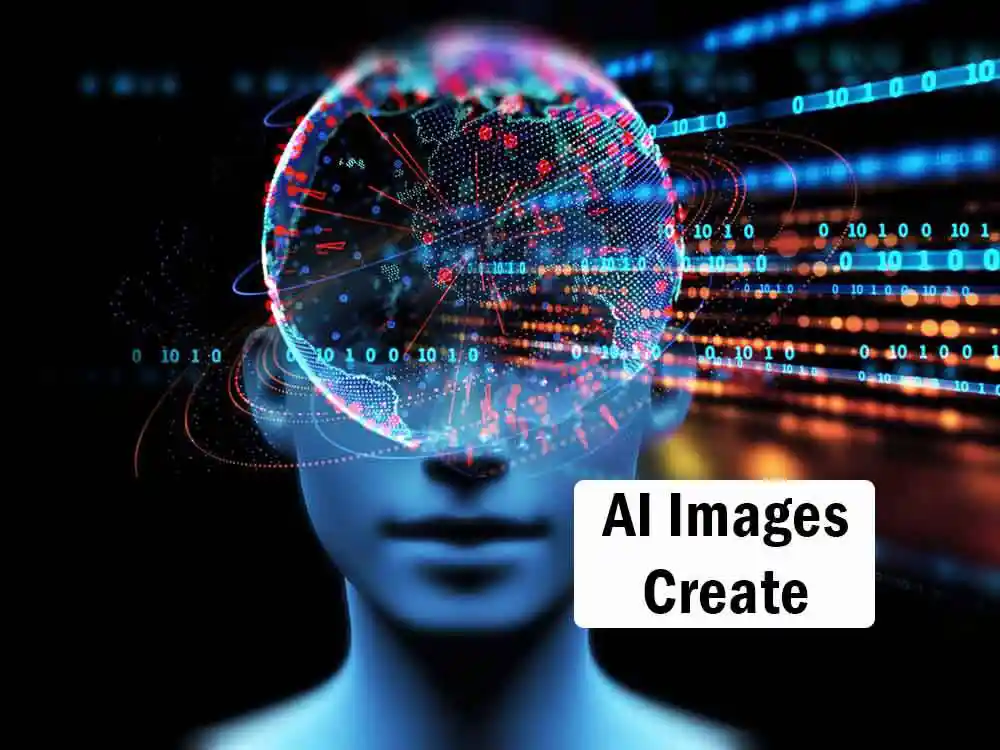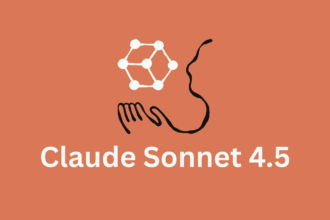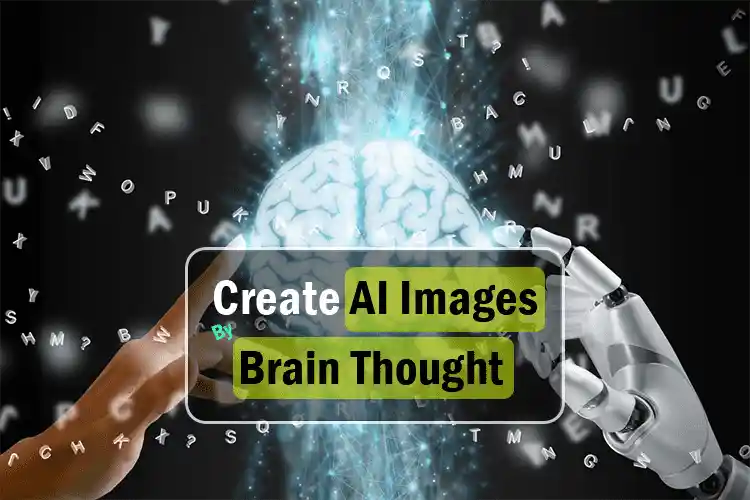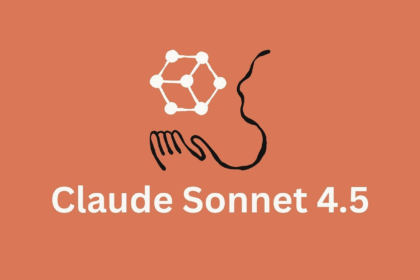A groundbreaking advance in brain technology that brings us closer to understanding thoughts and emotions without words. Japanese researchers have developed a non-invasive method, using magnetoencephalography (MEG), to decode brain signals linked to images.

Here’s how it works: MEG measures brain signals as participants view various images. An AI system is then trained to align these signals with image features like color and shape, using a convolutional neural network (CNN). Finally, a generative adversarial network (GAN) produces images based on these features, reaching an impressive 75.6% accuracy in reconstructing original images.
Notably, the AI can reconstruct images imagined by participants, delving into internal brain representations beyond external stimuli. This innovation could aid non-verbal communication for those who lost speech or writing abilities and deepen our understanding of how the brain processes visual information.
Yet, ethical concerns arise, touching on privacy, consent, and potential misuse. Questions persist about who can access and use these decoded brain images, ensuring accuracy and protecting individuals’ identity. Researchers stress the importance of further research, regulation, and cautious, respectful use, with options for users to opt out or delete their data.
Explore more captivating stories like this on FeedCrisp. Feed your curiosity at [feedcrisp.com].










